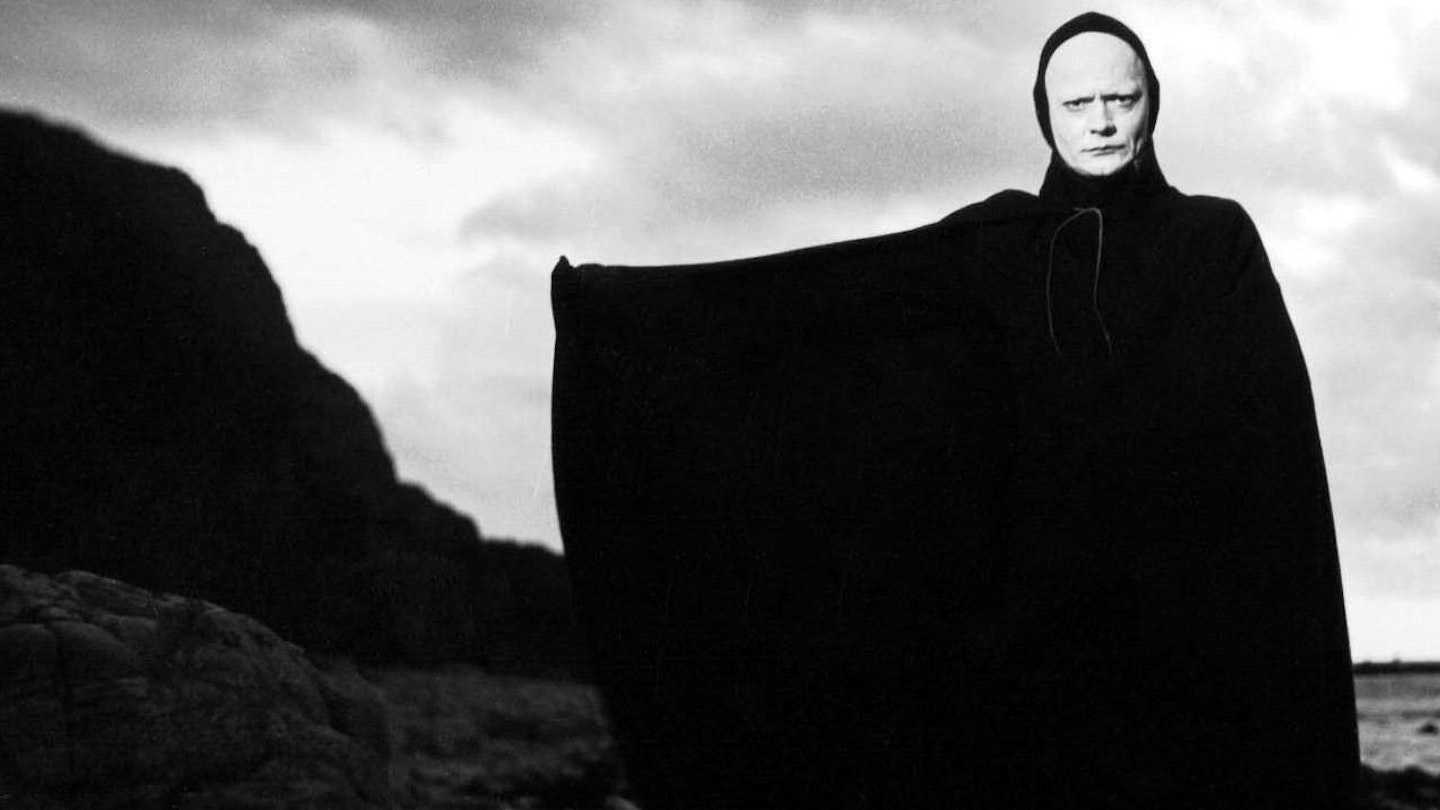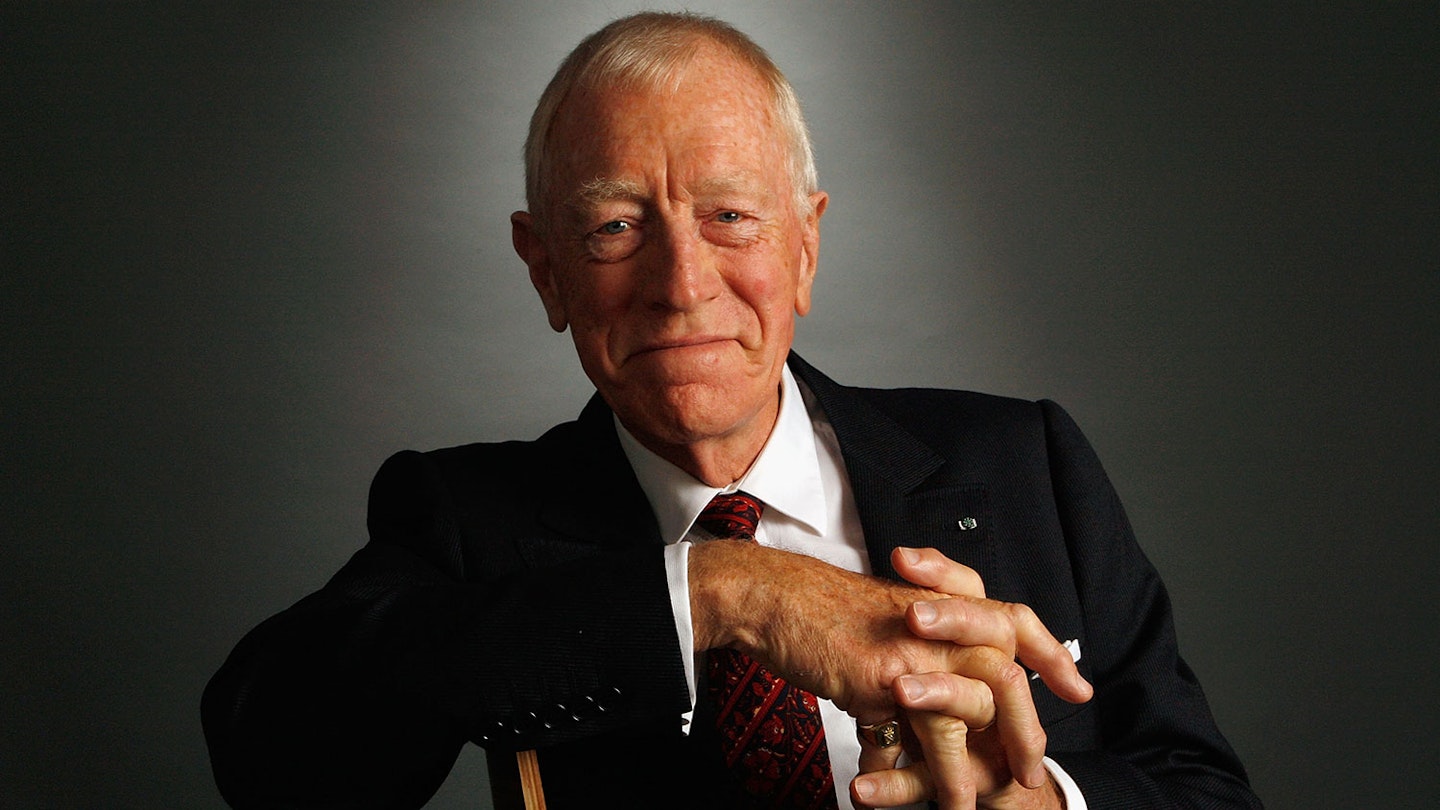Filmed over 35 days for a mere $150,000 and expanded from a sketch entitled Wood Painting that he had written for his Malmö drama students in 1954, this was Ingmar Bergman's first drama to exhibit the emergence of a mature, individual style. Its examination of God's absence from the world and the manner in which humanity had debased worship and indulged persecution linked it into a loose trilogy with The Magician and The Virgin Spring. However, this oratorio for doubting voices was also an allegory on Bergman's own religious crisis and his conviction that the world had become gripped by an evil that manifested itself in the form of the atom bomb, which he considered to be the 20th Century's equivalent to the Black Death.
Taking its title from the Book of Revelation, The Seventh Seal was a film of pairs and opposites. Jof and Mia were doubled by Plog the doltish blacksmith and his adulterous wife, Lisa (who sleeps with the troupe's third member, Skat), while the girl whom Jöns delivers from being raped found echo in the waif accused of witchcraft. Similarly, Raval the wicked seminarist and the flagellants together symbolised the unreformed religiosity that Bergman despised, while the sardonic Squire and the idealistic Knight represented contrasting sides of the director's own spiritual intellect.
The films's themes were also conveniently twinned - faith/atheism, life/death, light/darkness, innocence/corruption, hope/despair, love/lust, comedy/tragedy and crusading piety/clerical hypocrisy. Even some of the episodes were contrasted, including Jof's humiliation in the tavern and Blok's idyllic strawberries and milk picnic with Mia, whose purity recalls Jof's visions of the Blessed Virgin.
But the picture's iconic moments were the chess game and the Dance of Death (which have often since been lampooned, most notably in Bill & Ted's Bogus Journey, 1991 and Love and Death, 1975). However, the latter sequence owed much to luck, as Bergman shot it on location after noticing how dramatic the sky had become. The ray of light that alighted on Raval after his agonising forest death was similarly felicitous. Perhaps Bergman was not working in such godless isolation after all?

